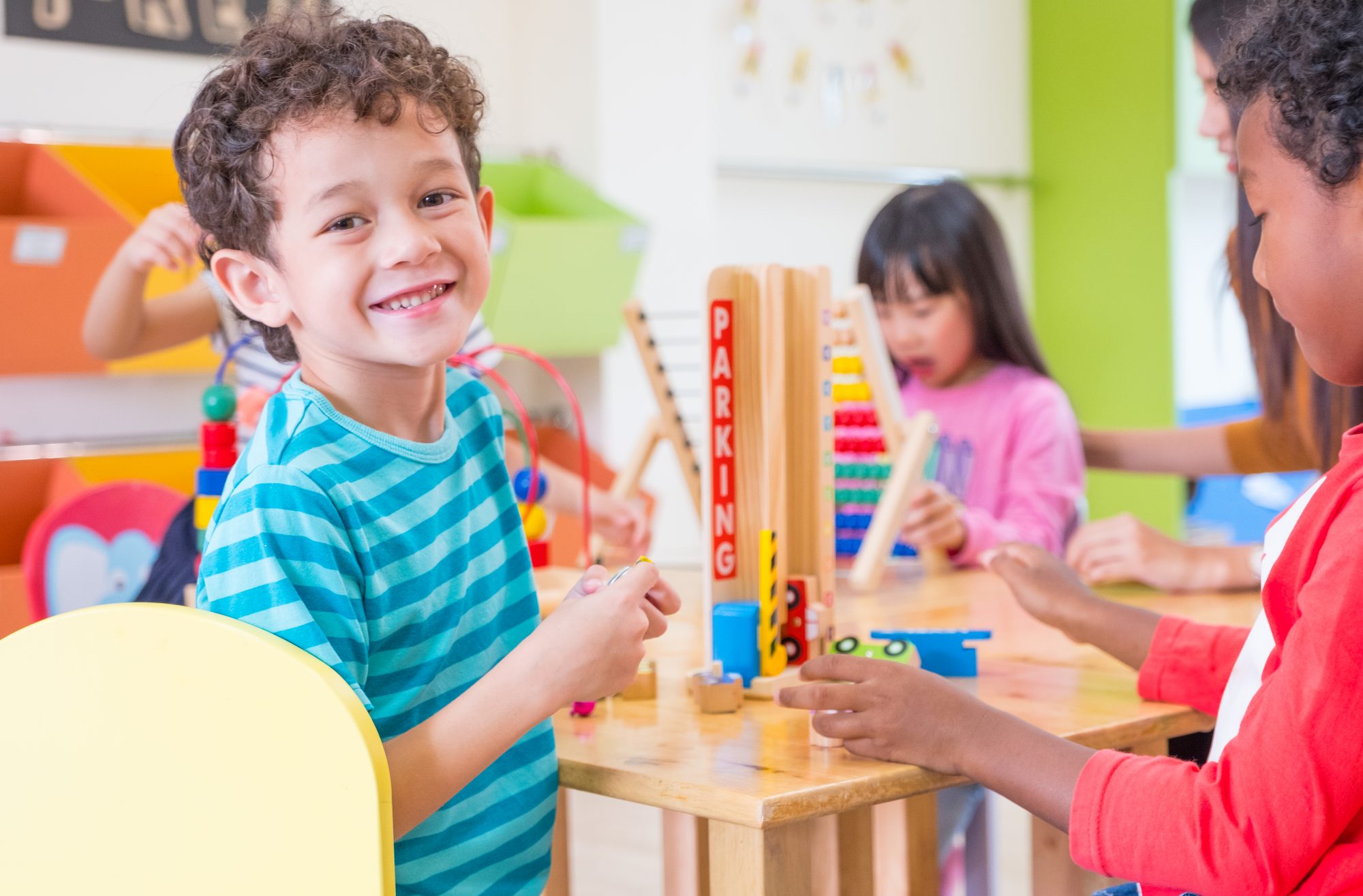Discovering the smart school campus and how it re-imagines urban life-style
A school campus represents a new and innovative way of structuring education resting upon specific architecture which turns out beneficial to the urban society as a whole.
New and innovative models of school and education are a vital part of a well-functioning and smart city. The campus model represents such a concept fitting itself perfectly into a modern urban environment. Several cities like Vienna or Berlin have been implementing their own versions of campus schools during the last years and are continuously working on refining them.
New and innovative models of school and education are a vital part of a well-functioning and smart city. The campus model represents such a concept fitting itself perfectly into a modern urban environment. Several cities like Vienna or Berlin have been implementing their own versions of campus schools during the last years and are continuously working on refining them.
The idea behind campus style schools is to offer a comprehensive and all-day educational program for children from zero up to the age of ten years – whereas some further extend the offer to include secondary education as well. This means that nursery school and compulsory school are brought together into one institution with the specific intention of creating a very open learning environment. Here students of differing age and advancement can come together and share their studying experience. Children of all levels benefit from studying in such an inclusive way, because they are not strictly bound to a curriculum determined by age. Instead older ones can assist younger ones or join them in case they need extended time in certain fields. Vice versa younger children can join elder ones when they are especially talented and fast in other areas. That means individual advancement, cooperation and team work are at the centre of attention. Also, lessons and leisure time are alternating which is typical for all-day educational concepts and perfectly suits children’s biological activity rhythm. The alternation of intensive class, supported but independent work and recreational time allows students to feel more strongly encouraged and attain higher results – and additionally working parents are disburdened.
Kindergarten students

Due to the particularities in its pedagogical method, the architecture needs to be just as particular: On the one hand, there needs to be room for common studying, with mutual visibility and options for interaction between groups. Some buildings furthermore include central meeting areas which they refer to as marketplaces and that are accessible to everyone at all times. On the other hand, rooms and open spaces for leisure activities are required. In this respect, the schools cooperate with external partners like musical schools or sports clubs to enrich their in-house cultural and physical program. In return the created spaces can be used by the local community for these purposes just as well. The campus thus reasonably integrates itself into the neighbourhood as it fosters cohesion of the locals.
Campus schools are consequently a very suitable means of shaping education in a way that is appropriate for modern city life. Summing up their advantages, they first create a space for children of all ages to feel comfortable and live up to their potential. Second, they meet the needs of working parents for all-day-care unburdening them and enabling families to spend the time they have together as actually free quality time. And finally, they promote solidarity within the community due to their provision of communal space which is open for interested parties of all ages.
Keywords
primary education, nursery school, comprehensive, all-day, inclusive, team work, architecture, external partners, campus

